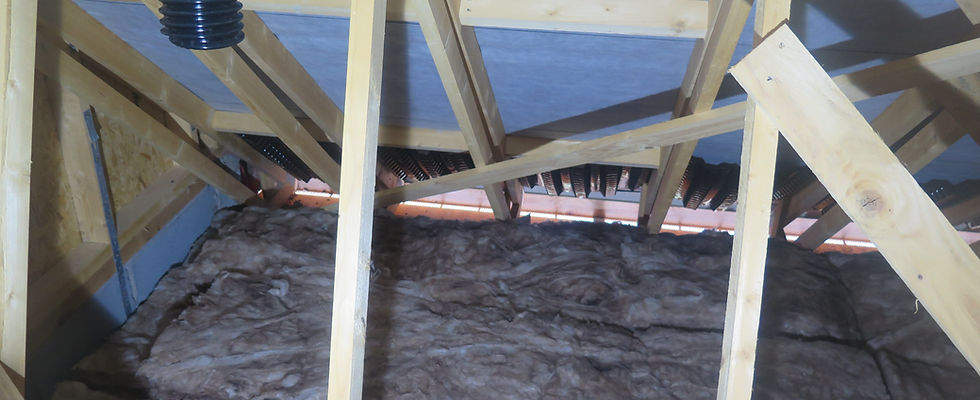New Home Snagging Survey
A snagging survey is a detailed inspection of a newly built or recently renovated property to identify defects, also known as "snags". These defects can range from minor cosmetic issues like scratches or paint drips to more significant problems like structural or plumbing issues. The survey aims to create a list of these issues, allowing the developer to rectify them before the homeowner takes possession or during the warranty period.

Snagging is not strictly a contractual term. It is a jargon word used in the construction industry to describe the process of checking building works before they are signed off as finished, with a list of unsatisfactory or outstanding works to be done being compiled for follow up and correcting works to be completed by the builder.
What does a snagging survey involve?
A snagging survey is a visual inspection, both inside and outside the property, to check for any defects or unfinished work. A professional snagging surveyor will:
-
Assess workmanship: Ensure the property meets the required standards and building regulations.
-
Identify defects: Look for any issues that need attention, from cosmetic imperfections to structural or safety problems.
-
Document findings: Compile a detailed report with all identified snags, often including photos.
-
Help with rectification: Provide guidance on how to address the issues with the developer.
-
Why is a snagging survey important?
-
Ensures quality:
Helps ensure the property is built to a high standard and meets your expectations.
-
Prevents future problems:
Identifying and fixing issues early on can prevent them from becoming more serious and costly later.
-
Saves time and stress:
By identifying issues before moving in, you can avoid the hassle of dealing with them after you've moved.
-
Protects your investment:
Helps ensure you are getting what you paid for in your new home.
-
When should a snagging survey be done?
-
Ideally before you move in: Allows you to have the developer address snags before you take possession.
-
During the first two years: Many new build warranties cover defects for a period of time, so a survey during this period can help you identify issues that need to be addressed by the developer.

